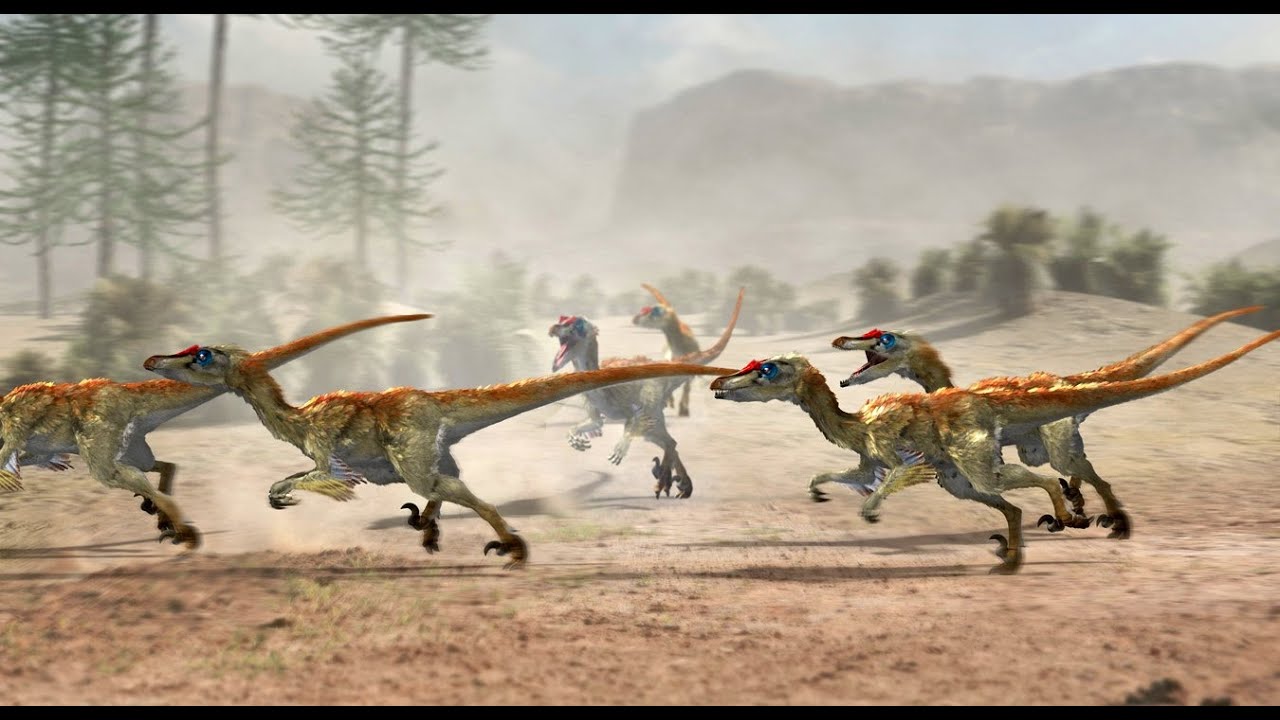The Velociraptor is one of the most iconic dinosaurs, often depicted as a swift and cunning predator in popular media like Jurassic Park. However, while these depictions have contributed to their fame, they don’t always reflect the true nature of the velociraptor’s speed and physical capabilities. So, how fast could a Velociraptor actually run? Let’s delve into the science behind this question and separate fact from fiction.
Understanding the Velociraptor
The Velociraptor, scientifically known as Velociraptor mongoliensis, lived during the late Cretaceous period, around 75 to 71 million years ago. This small theropod dinosaur was characterized by its slender body, sharp teeth, and a long, sickle-shaped claw on each foot, which made it a skilled predator. Unlike the towering T. rex, velociraptors were much smaller—about 6.5 feet long and around 1.6 feet tall at the hip—and weighed roughly 15 to 30 pounds.
Despite its small size, the Velociraptor was likely a fast and agile hunter. But how fast exactly could it run?
Estimating Velociraptor’s Speed
Determining the exact speed of an extinct animal is inherently difficult. Unlike modern creatures, we can’t simply observe their behavior in the wild. However, scientists can estimate the running speed of dinosaurs based on their anatomy and comparisons to modern-day animals.
1. Leg Length and Muscle Structure
The primary factors influencing the running speed of any animal are the length of its legs and the structure of its muscles. In the case of the Velociraptor, its long legs and relatively lightweight body suggest that it was built for speed. The leg bones, particularly the femur and tibia, are relatively long compared to its body size, which would have given the velociraptor the potential for quick, efficient strides.
2. Estimates Based on Modern Analogues
By comparing the velociraptor’s bone structure to that of modern animals, paleontologists can make reasonable estimations. One method involves using mathematical models that simulate how animals with similar skeletal structures move.
Based on this approach, scientists estimate that a Velociraptor could run at speeds of up to 40 miles per hour (64 kilometers per hour). This is faster than the average human, but not quite as fast as some of the fastest animals alive today, such as cheetahs. For comparison, the average speed of a human sprint is around 15 to 20 miles per hour, while the fastest runners among modern animals, like the cheetah, can reach speeds over 60 miles per hour.
3. Running Style and Agility
It’s important to note that the velociraptor’s running style likely wasn’t just about speed; it also had to do with agility. This dinosaur’s body was light, with a lean musculature, which would have allowed it to make quick turns and chase prey through dense environments. Its long tail, which is often seen in fossilized remains, likely helped it maintain balance at high speeds, making it a nimble predator.
Velociraptors probably relied more on stamina and agility than raw speed to catch prey. Instead of charging straight at their targets, they likely used hit-and-run tactics, darting in and out of cover to outsmart their prey.

What About the Popular Depictions?
The Hollywood version of the Velociraptor, as seen in films like Jurassic Park, often portrays the dinosaur as not just fast but also highly intelligent, capable of working together in coordinated hunting packs. While these representations have added to the allure of the velociraptor, they are somewhat exaggerated. While evidence suggests that some dinosaur species, including raptors, may have hunted in packs, the extent of their intelligence and cooperation remains a topic of debate.
Moreover, the speed shown in movies is often overblown for dramatic effect. In reality, the Velociraptor would not have been able to outpace a vehicle or perform high-speed chases through forests. Still, it likely moved quickly enough to pose a threat to smaller, slower prey.
Conclusion
While the exact running speed of a Velociraptor cannot be determined with absolute certainty, the available evidence suggests it was capable of reaching speeds of up to 40 miles per hour. This, combined with its agility, made it a formidable hunter in the Cretaceous landscape. Whether stalking prey or moving in a coordinated group, the velociraptor’s speed and precision were vital tools in its survival. While Hollywood may exaggerate its abilities, the real velociraptor was undoubtedly a fast and efficient predator in its own right.



